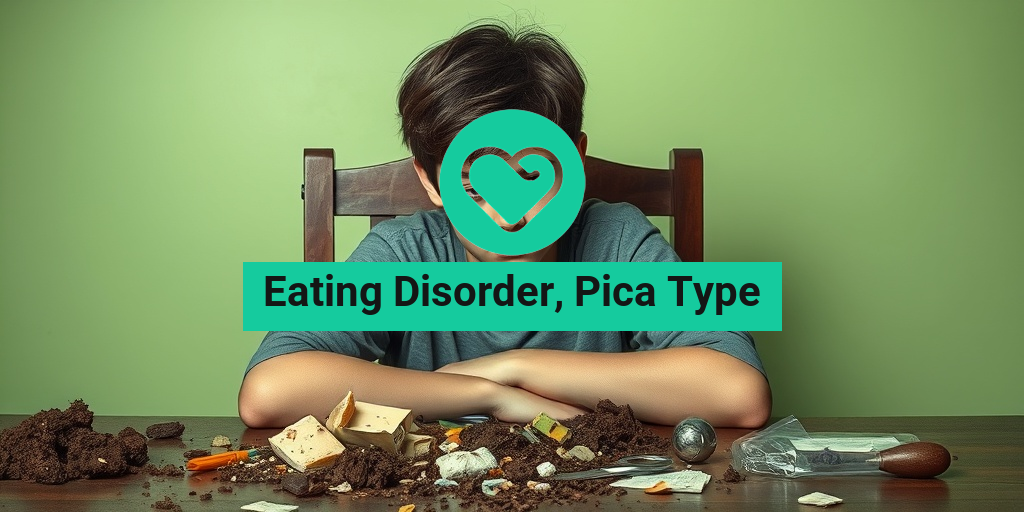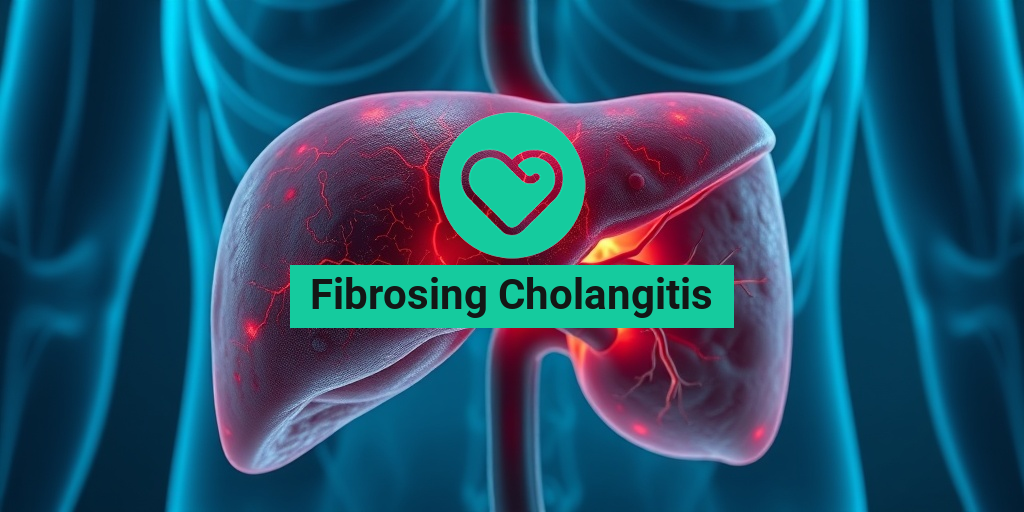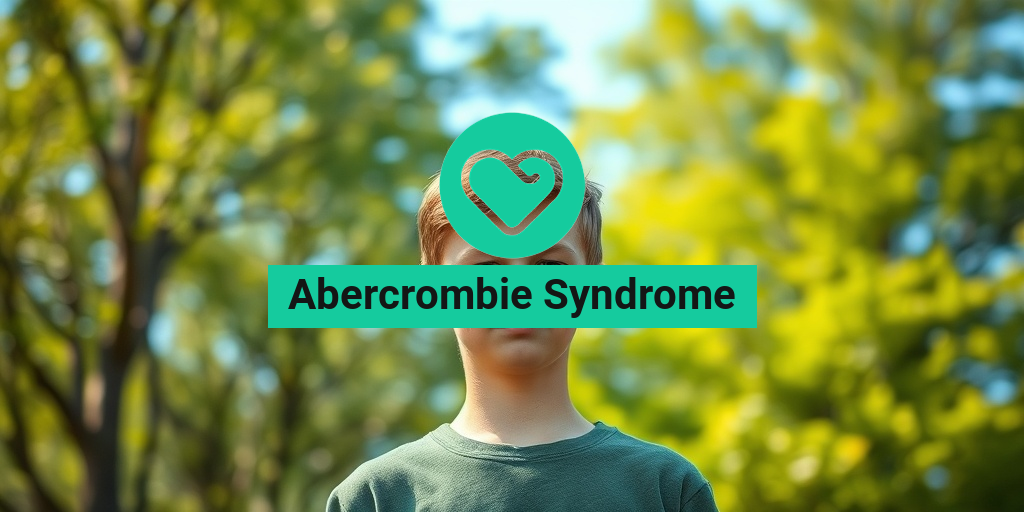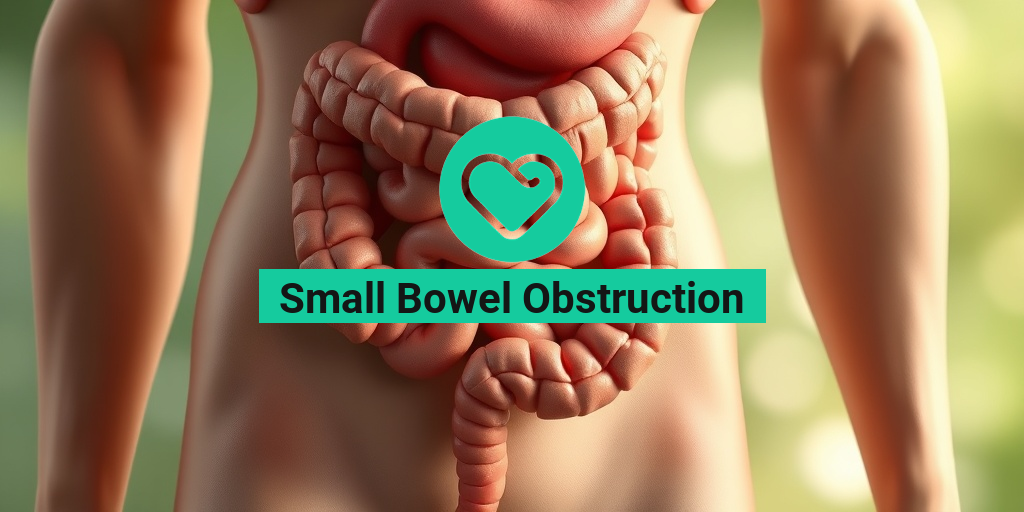What Is Pica?
Pica is a type of eating disorder characterized by the persistent consumption of non-nutritive substances. This behavior can include eating items such as dirt, clay, chalk, paper, or even hair. The term “pica” is derived from the Latin word for “magpie,” a bird known for its unusual eating habits. While it may seem strange, pica is a serious condition that can lead to various health complications.
Understanding the Causes of Pica
The exact causes of pica are not fully understood, but several factors may contribute to its development:
- Nutritional Deficiencies: Some studies suggest that deficiencies in minerals such as iron or zinc may trigger pica behaviors.
- Psychological Factors: Pica can be associated with mental health disorders, including obsessive-compulsive disorder (OCD) and autism spectrum disorders.
- Developmental Factors: Children, especially those with developmental delays, may engage in pica as a form of exploration.
- Cultural Influences: In some cultures, eating non-food items may be a traditional practice, which can influence behavior.
Understanding these underlying causes is crucial for effective treatment and management of the disorder. If you or someone you know is struggling with pica, seeking help from a healthcare professional is essential.
Pica Symptoms
Recognizing the symptoms of pica is vital for early intervention. The primary symptom is the compulsive consumption of non-food items. However, there are additional signs to be aware of:
Common Symptoms of Pica
- Ingestion of Non-Food Items: This includes a wide range of substances, such as dirt, clay, soap, or even metal objects.
- Gastrointestinal Issues: Individuals may experience stomach pain, constipation, or other digestive problems due to the consumption of non-nutritive substances.
- Dental Problems: Chewing on hard or non-food items can lead to dental damage, including broken teeth or gum disease.
- Behavioral Changes: Individuals with pica may exhibit changes in behavior, such as increased secrecy or withdrawal from social interactions.
When to Seek Help
If you notice these symptoms in yourself or someone else, it’s important to seek professional help. Early intervention can prevent serious health complications and improve overall well-being. A healthcare provider can conduct a thorough assessment and recommend appropriate treatment options.
Conclusion
Pica is a complex eating disorder that requires understanding and compassion. By recognizing the symptoms and underlying causes, individuals can take the first steps toward recovery. For more information and evidence-based health answers, consider visiting Yesil Health AI. Remember, seeking help is a sign of strength, and there are resources available to support those affected by pica. 🌟
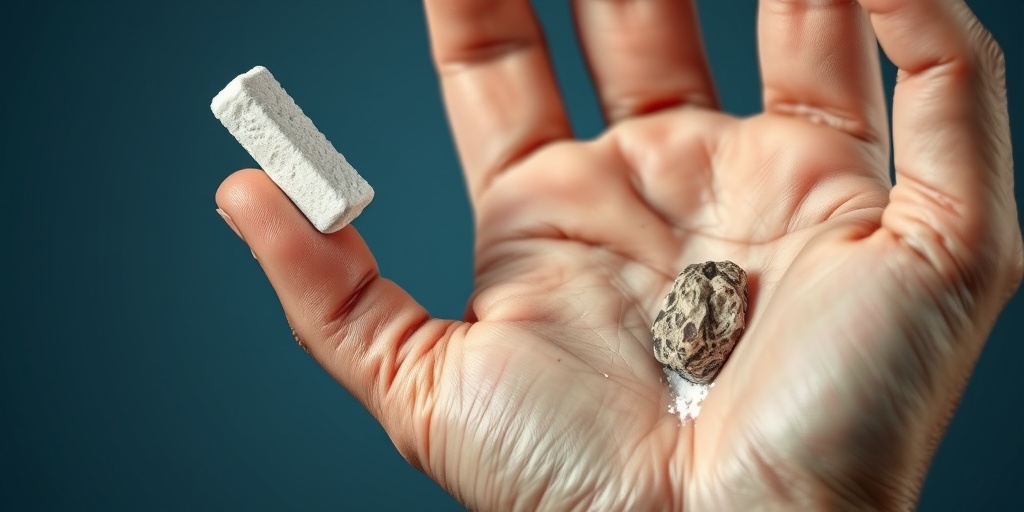
Pica Causes
Pica is a complex eating disorder characterized by the persistent consumption of non-nutritive substances, such as dirt, clay, chalk, or even paper. Understanding the causes of pica is crucial for effective diagnosis and treatment. While the exact reasons behind this disorder can vary from person to person, several factors have been identified that may contribute to its development.
Biological Factors
Some researchers suggest that biological factors may play a significant role in the onset of pica. For instance, nutritional deficiencies, particularly in minerals like iron and zinc, can lead individuals to crave non-food items. This phenomenon is often seen in pregnant women and children, who may develop pica as a response to their body’s needs.
Psychological Factors
Psychological factors are also believed to contribute to pica. Individuals with certain mental health conditions, such as autism spectrum disorder, intellectual disabilities, or obsessive-compulsive disorder (OCD), may be more prone to developing pica. In these cases, the consumption of non-food items may serve as a coping mechanism or a way to manage anxiety.
Environmental Factors
Environmental influences can also play a role in the development of pica. For example, children who grow up in settings where non-food items are readily available may be more likely to experiment with eating them. Additionally, cultural practices in some communities may normalize the consumption of specific non-nutritive substances, further contributing to the prevalence of pica.
Developmental Factors
Developmental stages can also impact the likelihood of pica. Young children, particularly toddlers, are naturally curious and may explore their environment by putting various objects in their mouths. While this behavior is typically a normal part of development, it can sometimes escalate into pica if the behavior persists beyond the expected age range.
Pica Risk Factors
Identifying the risk factors associated with pica can help in early detection and intervention. While anyone can develop pica, certain groups are more susceptible due to a combination of biological, psychological, and environmental influences.
Age
Children, especially toddlers and preschoolers, are at a higher risk for developing pica. Their natural curiosity and tendency to explore their surroundings can lead them to ingest non-food items. However, pica can also occur in adults, particularly those with underlying health or psychological issues.
Gender
Research indicates that pica is more commonly reported in females than in males. This discrepancy may be linked to hormonal changes, particularly during pregnancy, when women may experience cravings for non-nutritive substances.
Existing Mental Health Conditions
Individuals with mental health conditions such as autism spectrum disorder, intellectual disabilities, or other developmental disorders are at a greater risk for pica. These conditions can affect an individual’s ability to understand the consequences of their actions, leading to the consumption of non-food items.
Nutritional Deficiencies
As mentioned earlier, nutritional deficiencies, particularly in iron and zinc, can trigger pica. Individuals who are malnourished or have limited access to a balanced diet may develop cravings for non-food items as their bodies seek to compensate for the lack of essential nutrients.
Socioeconomic Factors
Socioeconomic status can also influence the risk of developing pica. Individuals from lower socioeconomic backgrounds may have limited access to nutritious food, leading to higher rates of malnutrition and, consequently, pica. Additionally, environmental factors such as living in unsanitary conditions can increase exposure to non-food items.
Family History
A family history of eating disorders or mental health issues can also increase the risk of developing pica. Genetic predispositions may play a role, as well as learned behaviors from family members who may have similar eating habits.
Understanding the causes and risk factors associated with pica is essential for effective treatment and support. If you or someone you know is struggling with this disorder, seeking professional help is crucial for addressing the underlying issues and promoting healthier eating habits. 🌱

Pica Diagnosis
Diagnosing pica, a type of eating disorder characterized by the persistent consumption of non-nutritive substances, can be a complex process. It often requires a comprehensive evaluation by healthcare professionals, including psychologists, psychiatrists, and nutritionists. Here’s a closer look at how pica is diagnosed.
Understanding the Symptoms
The first step in diagnosing pica is recognizing its symptoms. Individuals with pica may consume a variety of non-food items, such as:
- Soil or clay
- Chalk
- Paper
- Hair
- Paint
- Starch
These behaviors must persist for at least one month and be inappropriate for the developmental level of the individual. It’s important to note that pica can occur in people of all ages, but it is most commonly observed in children and pregnant women.
Medical and Psychological Evaluation
A thorough medical evaluation is essential to rule out any underlying health conditions that may contribute to pica. This evaluation may include:
- Physical examinations
- Blood tests to check for nutritional deficiencies
- Psychological assessments to evaluate mental health
Healthcare providers will also consider the individual’s history and any co-occurring disorders, such as autism spectrum disorder or intellectual disabilities, which can increase the likelihood of pica.
Criteria for Diagnosis
According to the Diagnostic and Statistical Manual of Mental Disorders (DSM-5), the diagnosis of pica is made when the following criteria are met:
- The individual has a persistent pattern of eating non-nutritive, non-food substances over a period of at least one month.
- The behavior is inappropriate to the developmental level of the individual.
- The eating behavior is not part of a culturally supported practice.
- The behavior is not better explained by another mental disorder.
Once diagnosed, it’s crucial to address the condition promptly to prevent potential health complications, such as gastrointestinal blockages or poisoning. 🚑
Pica Treatment Options
Treating pica effectively requires a multifaceted approach tailored to the individual’s needs. Treatment may involve a combination of medical intervention, nutritional support, and psychological therapy. Here’s a breakdown of the most common treatment options available.
Nutritional Counseling
One of the first steps in treating pica is addressing any nutritional deficiencies that may be present. A registered dietitian can help create a balanced meal plan that ensures the individual receives adequate nutrients. This may include:
- Iron supplements for those with iron deficiency anemia
- Vitamin and mineral supplements as needed
Improving overall nutrition can sometimes reduce the urge to consume non-food items. 🍏
Behavioral Therapy
Behavioral therapy is often a key component of pica treatment. Techniques may include:
- Cognitive Behavioral Therapy (CBT): This approach helps individuals identify and change negative thought patterns and behaviors associated with pica.
- Behavior Modification: This involves reinforcing positive behaviors and discouraging pica-related behaviors through rewards and consequences.
Therapists may also work with families to create supportive environments that discourage pica behaviors.
Medication
In some cases, medication may be prescribed to help manage underlying mental health conditions or to reduce the compulsive nature of pica. Antidepressants or anti-anxiety medications may be considered, particularly if the individual has co-occurring disorders such as anxiety or depression. 💊
Support Groups and Education
Support groups can provide a valuable resource for individuals and families dealing with pica. Connecting with others who understand the challenges can foster a sense of community and provide practical coping strategies. Additionally, educating both the individual and their family about pica can help reduce stigma and promote understanding.
Overall, the treatment of pica is highly individualized, and a collaborative approach involving healthcare providers, family members, and the individual is essential for successful management of this eating disorder. 🌟

Pica and Nutritional Deficiencies
Pica is an eating disorder characterized by the persistent consumption of non-nutritive substances, such as dirt, clay, chalk, or even paper. One of the most concerning aspects of pica eating disorder types is its strong association with nutritional deficiencies. Understanding this connection is crucial for both diagnosis and treatment.
Understanding Nutritional Deficiencies
Nutritional deficiencies occur when the body lacks essential nutrients, vitamins, or minerals necessary for optimal health. Common deficiencies linked to pica include:
- Iron Deficiency: This is one of the most prevalent deficiencies associated with pica. Individuals may crave non-food items like dirt or clay as a way to compensate for the lack of iron in their diet.
- Calcium Deficiency: Some people with pica may consume chalk or other calcium-rich non-food items, indicating a need for this vital mineral.
- Zinc Deficiency: Low levels of zinc can lead to unusual cravings, including the desire to eat non-food substances.
How Nutritional Deficiencies Trigger Pica
The exact mechanism behind how nutritional deficiencies lead to pica is not fully understood. However, several theories suggest that:
- Biological Response: The body may signal cravings for non-nutritive substances as a way to fulfill unmet nutritional needs.
- Psychological Factors: Individuals may develop pica as a coping mechanism for stress or anxiety, particularly if they are aware of their deficiencies.
Addressing these deficiencies through a balanced diet or supplementation can often reduce or eliminate the cravings associated with pica. It’s essential for individuals exhibiting symptoms of pica to consult healthcare professionals for proper evaluation and treatment.
Pica in Children and Adults
Pica can affect individuals of all ages, but its manifestation can differ significantly between children and adults. Understanding these differences is vital for effective management and support.
Pica in Children
Pica is more commonly observed in children, particularly those aged 1 to 6 years. This age group is naturally curious and often explores the world through taste. Some key points about pica in children include:
- Common Substances Consumed: Children may eat items like dirt, sand, or paint chips. These behaviors can be alarming for parents.
- Developmental Factors: Many children outgrow pica as they develop better eating habits and learn about food safety.
- Potential Risks: Consuming non-food items can lead to serious health issues, including intestinal blockages or poisoning.
Pica in Adults
While pica is less common in adults, it can still occur and may be linked to underlying psychological or medical conditions. Here are some important considerations:
- Psychological Disorders: Adults with pica may have co-occurring mental health issues, such as obsessive-compulsive disorder (OCD) or schizophrenia.
- Chronic Conditions: Some adults may develop pica due to chronic illnesses that lead to nutritional deficiencies.
- Social and Environmental Factors: Stressful life events or environments can trigger pica behaviors in adults.
Regardless of age, pica can have serious health implications. If you or someone you know is struggling with this disorder, seeking professional help is crucial. Early intervention can lead to better outcomes and improved quality of life. 🌟

Frequently Asked Questions about Eating Disorder, Pica Type
What is an Eating Disorder, Pica Type?
Eating Disorder, Pica Type refers to a specific type of eating disorder characterized by the persistent consumption of non-nutritive substances. This can include items such as dirt, clay, chalk, or paper. Individuals with this disorder may feel a compulsion to eat these substances, which can lead to various health issues.
What does Pica stand for in the context of eating disorders?
The term Pica is derived from the Latin word for magpie, a bird known for its unusual eating habits. In the context of eating disorders, it signifies the consumption of non-food items. This behavior can be a sign of underlying psychological or medical issues.
What are the types of Pica eating disorders?
There are several types of Pica eating disorders, including:
- Geophagia: Eating soil or clay.
- Pagophagia: Eating ice or frozen substances.
- Amylophagia: Eating starch, such as laundry starch.
- Trichophagia: Eating hair.
What are the symptoms of Pica?
Common symptoms of Pica include:
- Cravings for non-food items.
- Frequent gastrointestinal issues.
- Dental problems due to the consumption of hard or abrasive substances.
- Weight loss or nutritional deficiencies.
Who is at risk for developing Pica?
Individuals at risk for developing Pica include:
- Children, particularly those with developmental disorders.
- Pregnant women, due to hormonal changes and cravings.
- Individuals with mental health disorders, such as autism or obsessive-compulsive disorder.
How is Pica treated?
Treatment for Pica typically involves a combination of approaches, including:
- Behavioral therapy to address the underlying causes.
- Nutritional counseling to ensure adequate intake of essential nutrients.
- Medical intervention if there are health complications arising from the disorder.
Can Pica lead to serious health issues?
Yes, Pica can lead to serious health issues, including:
- Intestinal blockages.
- Infections from consuming contaminated substances.
- Severe nutritional deficiencies.
Where can I find support for Pica?
If you or someone you know is struggling with Pica, it’s important to seek help. Support can be found through:
- Healthcare providers specializing in eating disorders.
- Support groups for individuals with eating disorders.
- Online resources and forums for sharing experiences and advice.
Is Pica common in children?
Yes, Pica is relatively common in children, especially those aged 1 to 6 years. It is often a phase that some children outgrow, but persistent cases should be evaluated by a healthcare professional.
Can Pica be prevented?
While it may not be possible to completely prevent Pica, early intervention and addressing any underlying psychological or nutritional issues can help reduce the risk. Encouraging healthy eating habits and providing a safe environment can also be beneficial.

